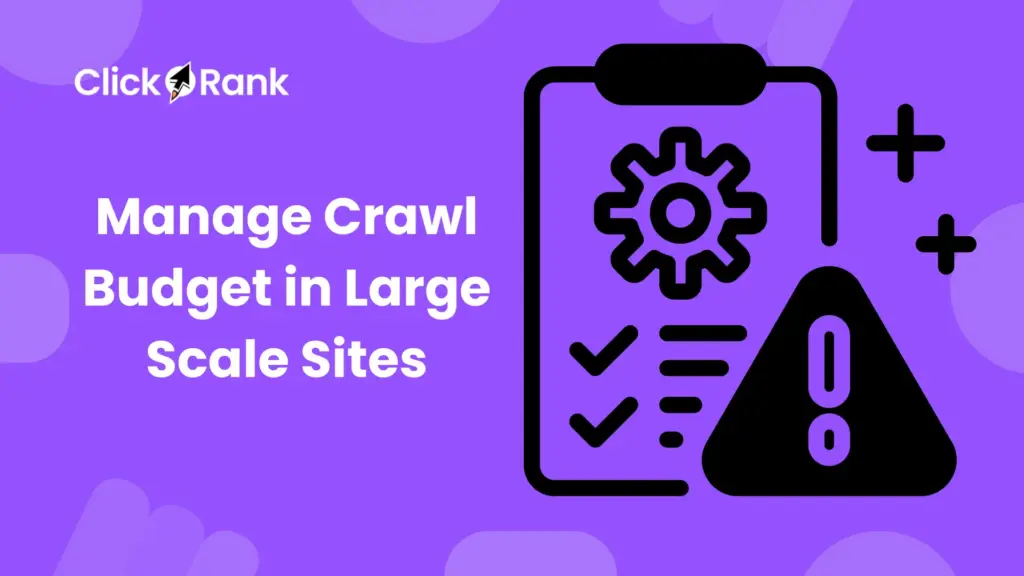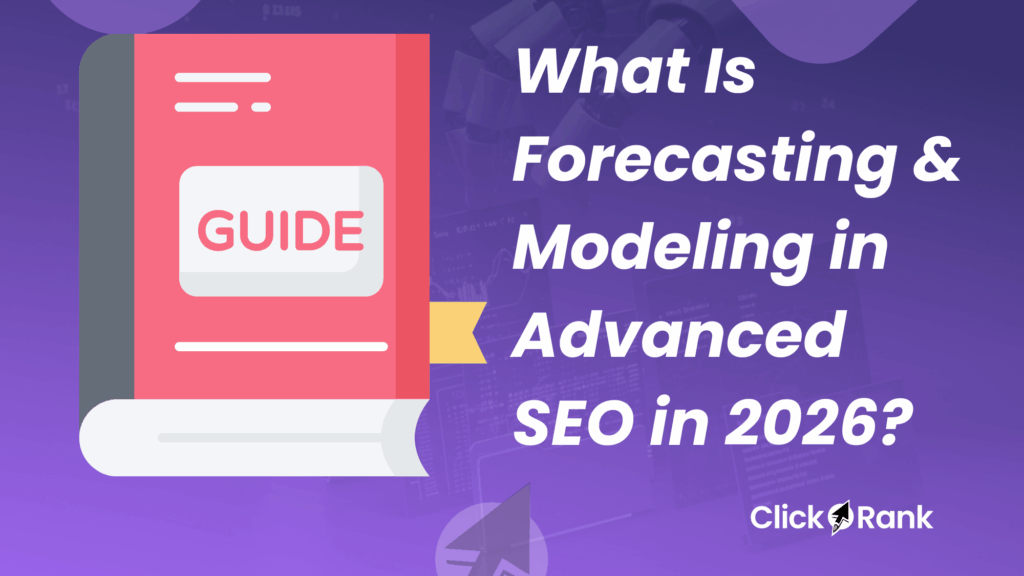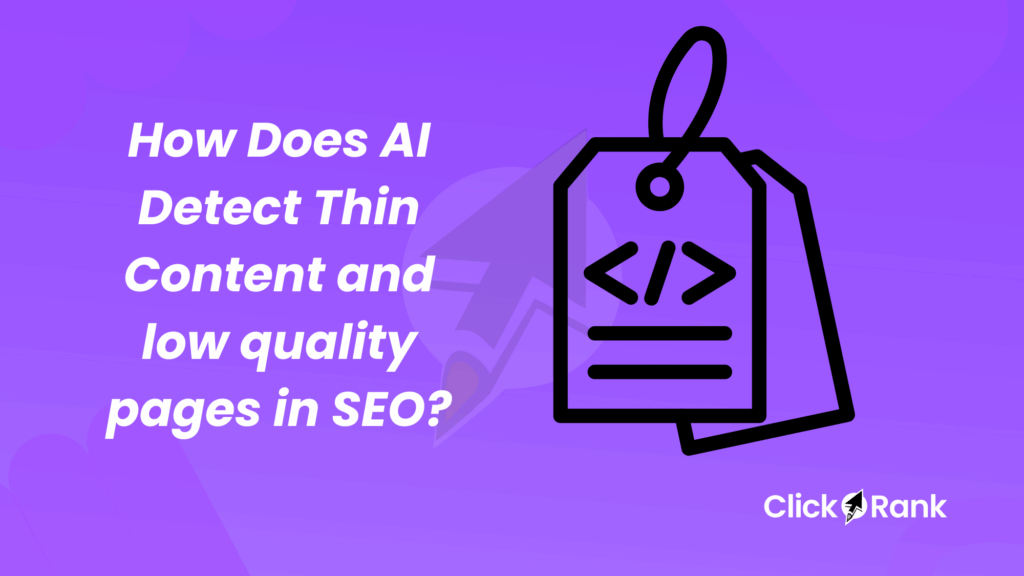What is GA4 and the New Data Model?
GA4 & Data represent the evolution of website and app analytics. Google Analytics 4 was introduced to replace Universal Analytics (UA), shifting from a session-based measurement model to an event-based approach.
Overview of Google Analytics 4
This change allows businesses to track granular user interactions across devices, offering a holistic view of the customer journey. Unlike UA, which organized hits into categories like pageviews, events, and transactions, GA4 treats all interactions as events — giving marketers and analysts greater flexibility in defining and measuring engagement.
Key Differences Between GA4 and Universal Analytics
The most significant shift is the event-based model. While UA relied heavily on sessions, GA4 emphasizes user engagement, enabling cross-platform measurement for web and mobile apps in a single property. GA4 SEO benefits from this because data is more detailed, giving site owners richer insights for optimization. Additionally, GA4 introduces AI-powered insights, predictive metrics, and a streamlined interface for faster analysis.
Transition from UA to GA4 After July 2024
Google fully retired UA in July 2024. Businesses that didn’t migrate risk losing access to historical data. Migrating to GA4 early was essential to avoid data gaps, especially for companies relying heavily on SEO analytics.
Advantages: Event-Based Tracking, Privacy Compliance, Unified App + Web Tracking
- Tracks every action as an event, offering flexibility
- Meets GDPR and CCPA requirements through enhanced privacy controls
- Allows integration of web and mobile app data in one platform
- Supports advanced funnels and predictive analytics
GA4 Data Structure and Event Model
The Event-Based Data Model Explained
In GA4, everything is an event, pageviews, clicks, form submissions, and even custom interactions. This gives businesses fine-grained control over what’s tracked and how it’s analyzed.
Parameters in GA4 and How They Work
Each event can have parameters that provide additional context. For example, a “purchase” event might include parameters like item name, category, and transaction value.
Flat Model vs. Hierarchical Model in UA
UA used a hierarchical structure (Category → Action → Label), while GA4’s flat event model allows unlimited customization and richer data capture.
Understanding Data Streams (Web & App Integration)
What are Data Streams?
Data streams are the inputs feeding data into a GA4 property. They represent the connection points between GA4 and your platforms.
Types of Streams: Web, iOS, Android
- Web: Tracks website interactions via gtag.js or Google Tag Manager
- iOS / Android: Tracks app engagement via Firebase SDK
Benefits of Unifying Tracking Across Platforms
- Single user view across devices
- Better attribution for conversions
- Consistent audience targeting for GA4 SEO strategies
GA4 Data Retention Settings
User-Level vs. Event-Level Retention Policies
User-level retention stores aggregated metrics about a user, while event-level retention preserves detailed logs of interactions.
Default Retention Options (2 Months, 14 Months)
GA4 defaults to 2 months, but you can extend to 14 months for more historical insights.
Step-by-Step Setup of Retention in GA4
- Go to Admin → Data Settings → Data Retention
- Choose your retention period (2 or 14 months)
- Apply settings and save
Extended Retention for GA4 360 Users (Up to 50 Months)
Premium GA4 360 accounts offer longer retention — critical for industries needing long-term analysis.
Difference Between Aggregated Reports and Explorations After Retention Period Ends
Aggregated reports keep summary metrics, but detailed event data in Explorations is deleted after retention expires.
Strategies for Preserving Data: Exporting to BigQuery
BigQuery allows exporting raw GA4 data for indefinite storage and advanced seo analysis.
Data Privacy and User Protection in GA4
IP Anonymization and Removal of IP Logging in EU Settings
GA4 anonymizes IPs automatically, enhancing compliance with European privacy laws.
Compliance with GDPR, CCPA, and Other Regulations
GA4’s consent mode and data deletion requests make it easier to meet global privacy requirements.
Configuring GA4 for Privacy Compliance
- Enable consent mode
- Disable data collection for users who opt out
- Use event parameters that avoid personal identifiers
Balancing Analytics Needs with User Data Protection
The goal is accurate measurement without compromising trust or violating regulations.
Advanced Reporting and Analytics
Using Explorations for Deeper Analysis
Explorations give analysts custom, flexible ways to dig into GA4 & Data beyond standard reports.
Predictive Metrics and AI Features in GA4
Features like purchase probability help marketers identify high-value audiences.
Conversion, Engagement, and User Reports
GA4 SEO tracking benefits from detailed engagement metrics like average engagement time and scroll depth.
Extending Analytics with BigQuery & Long-Term Storage
Linking GA4 to BigQuery for Raw Data Export
A direct connection to BigQuery enables storing every event for deep historical analysis.
Benefits of Historical Analysis and Custom Queries
- Trend analysis over years
- Custom SQL queries for unique business questions
Managing Cost and Storage in BigQuery
Use partitioning, clustering, and scheduled queries to control costs.
Read More: Broken Links with Google Analytics 4
Common Challenges and Best Practices
Minimizing Data Loss Through Correct Retention Setup
Ensure retention settings are optimized before data is lost.
Staying Compliant with Data Protection Laws
Review settings regularly as regulations evolve.
Maintaining Data Accuracy Across Platforms
Verify tagging consistency in all data streams.
Developer Tools and APIs for GA4 Data Management
Using the Data API and Admin API for Report Export and Settings Control
Automate report delivery and property configuration.
Leveraging the Measurement Protocol and User Deletion API
Track offline events and process user data removal requests programmatically.
If you want to get the most out of your GA4 & Data tracking, using tools like clickrank.ai can enhance your SEO analytics, automate insights, and ensure compliance, helping you make faster, smarter decisions for growth, in addition, you can try our all Clickrank Free SEO Tools and waiting your feedback.
What’s the difference between user-level and event-level retention in GA4?
User-level keeps high-level summaries; event-level stores granular logs.
How can I change data retention settings in GA4?
Navigate to Admin → Data Settings → Data Retention and adjust your preference
Can I recover historical data after the retention period?
No, once event-level data expires, it cannot be restored.
How does GA4 comply with GDPR and other privacy laws?
Through IP anonymization, consent mode, and data deletion APIs.
What are my options for storing data longer than GA4 allows?
Export to BigQuery or another external storage.
What’s the difference between aggregated reports and explorations in terms of data retention?
Aggregated reports remain; Explorations lose expired event-level data.



How significantly does the Core Web Vitals metric affect a website’s overall SEO performance?
Yes, Core Web Vitals significantly affects SEO as it is part of Google’s Page Experience ranking signal. While not the most dominant factor—content relevance remains paramount—CWV acts as a crucial tie-breaker between pages with similar content quality. Improving metrics like LCP and INP directly enhances user experience, which Google prioritizes, leading to better organic visibility and lower bounce rates.